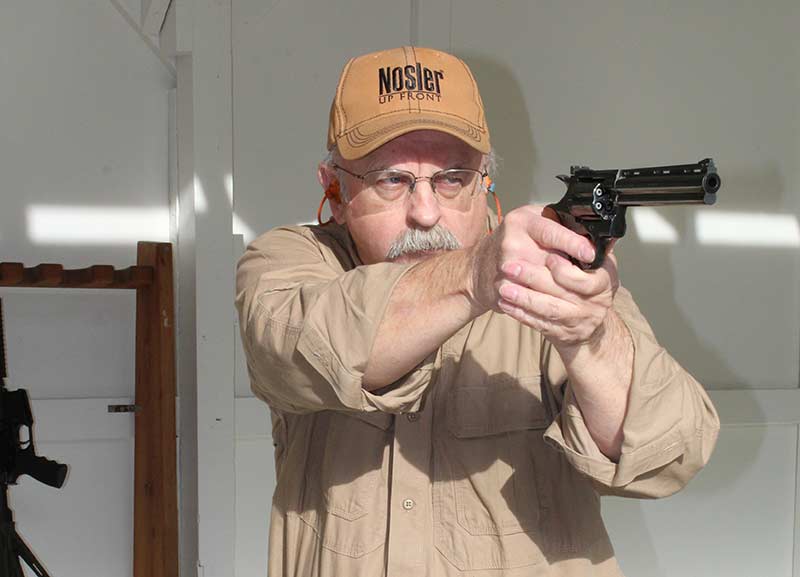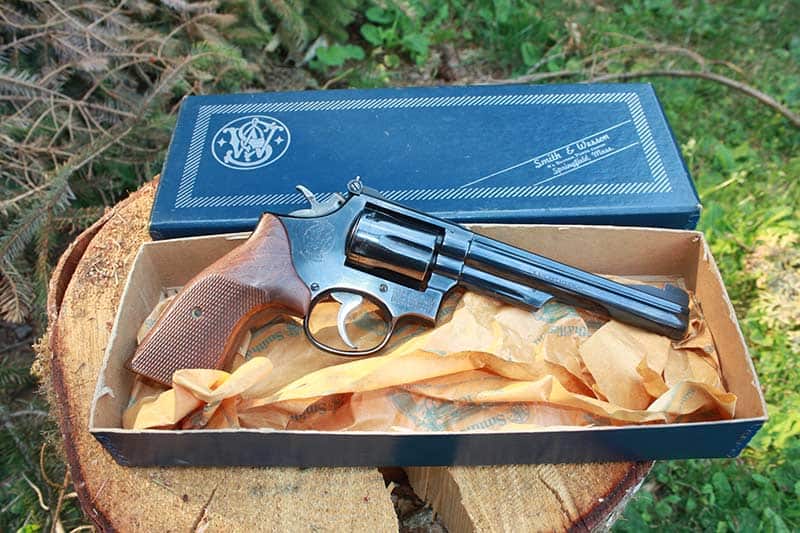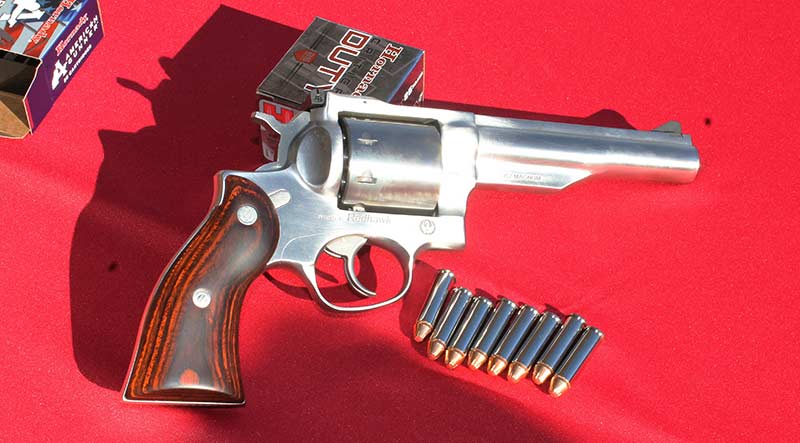Bankruptcy Strategy?
An Enlightening Few Minutes With SIG SAUER’s Govt. Affairs Veep
The recent Gun Rights Policy Conference provided a chance opportunity for Insider Online to spend a few minutes chatting with Bobby Cox, vice president for government affairs at SIG SAUER, and he unabashedly said the firearms industry is in a pitched battle with the gun prohibition movement.
“We’re seeing challenges,” Cox said during a break in the conference, “where there is an outright assault on the gun industry. Opponents of our industry are getting kind of savvy about how they’re coming at us with ways of making production harder and just really making it difficult for us to do our mission.”
He pointed to the recent announcement by some bank credit card firms to specifically identify firearm and ammunition sales via credit card. Many in the firearms community called the strategy a de facto gun registration scheme; since the government is prohibited by law from registration, Congressional anti-gunners such as Sen. Elizabeth Warren and Rep. Madeleine Dean, have pressured credit card firms — specifically Visa, MasterCard and American Express — to adopt something called a Merchant Category Code (MCC) to process these purchases when done with credit cards.
Fortunately, a group of 24 state attorneys general (all Republicans) have advised the credit card companies they could wind up in big trouble, possibly under consumer protection and anti-trust laws.
Cox noted, “They’re coming at it from a different angle from the financial perspective to try to bankrupt us … It’s very frustrating because most gun owners are very responsible, trained, safety-oriented. We’re a constitutionally-protected industry and we’re a legitimate industry as well.”
No Coincidence
Cox’s presence at the Gun Rights conference was hardly a coincidence. The two-day event was held earlier this month in Dallas, and it attracted a passel of pro-2A attorneys and grassroots gun rights activists. They rubbed elbows with Second Amendment leaders and scholars, and came away with a far better understanding of the challenges ahead.
The midterm elections will be held Nov. 8, and there was much speculation about the potential results. One of the major speakers at the event was John Fund, national affairs columnist for the National Review.
Attendance was down, but because the event was live-streamed, tens of thousands of people were able to watch at home.
Cox told me his personal approach to the problem involves education.
“I’ll take out Democrats and talk to them about what guns do, the operation of them, take them to the range and many times it’s just a lack of education,” he said.
A South Carolina native, Cox has been with SIG SAUER for six years. A former Army Ranger who deployed overseas more than once, he started working on Capitol Hill in the military and “kind of got involved in the government affairs world.” His focus was on small arms, and he interacted with various firearms companies and “hit it off with SIG SAUER.”
What is the next step in firearms technology? Cox is convinced it will be in ammunition development, perhaps producing harder-hitting ammunition. SIG SAUER has a relatively new ammunition plant in Arkansas, providing hundreds of jobs and revenue for the local economy.
And who knows what other firearms development is over the horizon? Cox said SIG SAUER CEO Ron Cohen is a guy who “never rests.” He is energetic, not inclined to rest on laurels, and is always wondering what’s next. Honestly, we can hardly wait to find out.
The Popular .357 Magnum
As I’m prone to do, recently I asked on social media, which .357 Magnum people think is best. My list was far too limited, as it turned out, to include only the Colt Python and King Cobra, the Ruger GP100 and Ruger Blackhawk, or Smith & Wesson Models 19, 27 or 28.
My bad, because there are a lot of .357 wheelguns out there and handgunners love ‘em all.
The query elicited 88 reactions almost immediately, and they’re still filtering in. One fellow likes the Dan Wesson Model 15, which came in a package with four different barrels. Another gent favors the S&W 686, and a third guy mentioned the Manuhrin MR73.
My rough calculations indicate the Model 19 got more votes, but one of my longtime Facebook pals and veteran reader Charles Featherman declared the Ruger SP101 a “workhorse” wheelgun and the only .357 Magnum he owns. He’s right about the Ruger, of course. The SP101 is a tougher-than-nails five-shooter up to any challenge.
The Python and Model 27 also got high marks, the former for looks, feel and performance, and the latter for looks, feel and performance.
Being a longtime habitual revolver fan, it would be difficult for me to choose between my 6-inch Model 19 Smith and my 6-inch Python, obtained back in the early 1980s. With the former, I’ve shot — and shot at — game. With the latter, I once won a handgun match at my local gun range, did some decent long-range work, went armed during the winter with that big Colt sixgun jammed in a shoulder holster, and occasionally get folks at the range to drool with envy.
Helluva Cartridge
Nobody with functional gray matter could ever say the .357 Magnum isn’t a superb and remarkably versatile round.
Almost from the get-go back in the mid-1930s, the .357 Magnum was quickly embraced by law enforcement. A military gent named George Smith Patton bought one, slapped on a set of ivory grips and called it his “killing gun” if things ever went really bad on a battlefield.
I’ve known people who killed black bears with a .357, and I’ve been known to pack one in the wilds in a 2 ½-inch version because it carries well.
Early in my career, when round guns were still the predominant choice of lawmen, nearly every small town policeman and every sheriff’s deputy of my professional acquaintance carried a .357 Magnum, primarily the Model 19 or a Colt Trooper. There were a couple of guys with Pythons, and three of my best pals had N-frame guns, all of them with Herrett stocks.
With he right loads, the .357 Magnum is a formidable deer cartridge, and many a mountain lion has met its demise at the hands of someone with a magnum sidearm. Bullet weights go anywhere from 110 to 180 grains, and there is such a variety of propellants available these days any handloader can be overwhelmed by the possibilities.
I prefer a JHP bullet — either 125 or 158 grains — for the bulk of my purposes. While others will have different opinions, I think these bullet weights offer the widest optional use. Get hold of a current copy of Hodgdon’s Annual Manual to get a look at the range of loads available.
My pet loads involve either Alliant 2400 or H110. Give those propellants a try if you’re a .357 Magnum handloader.






